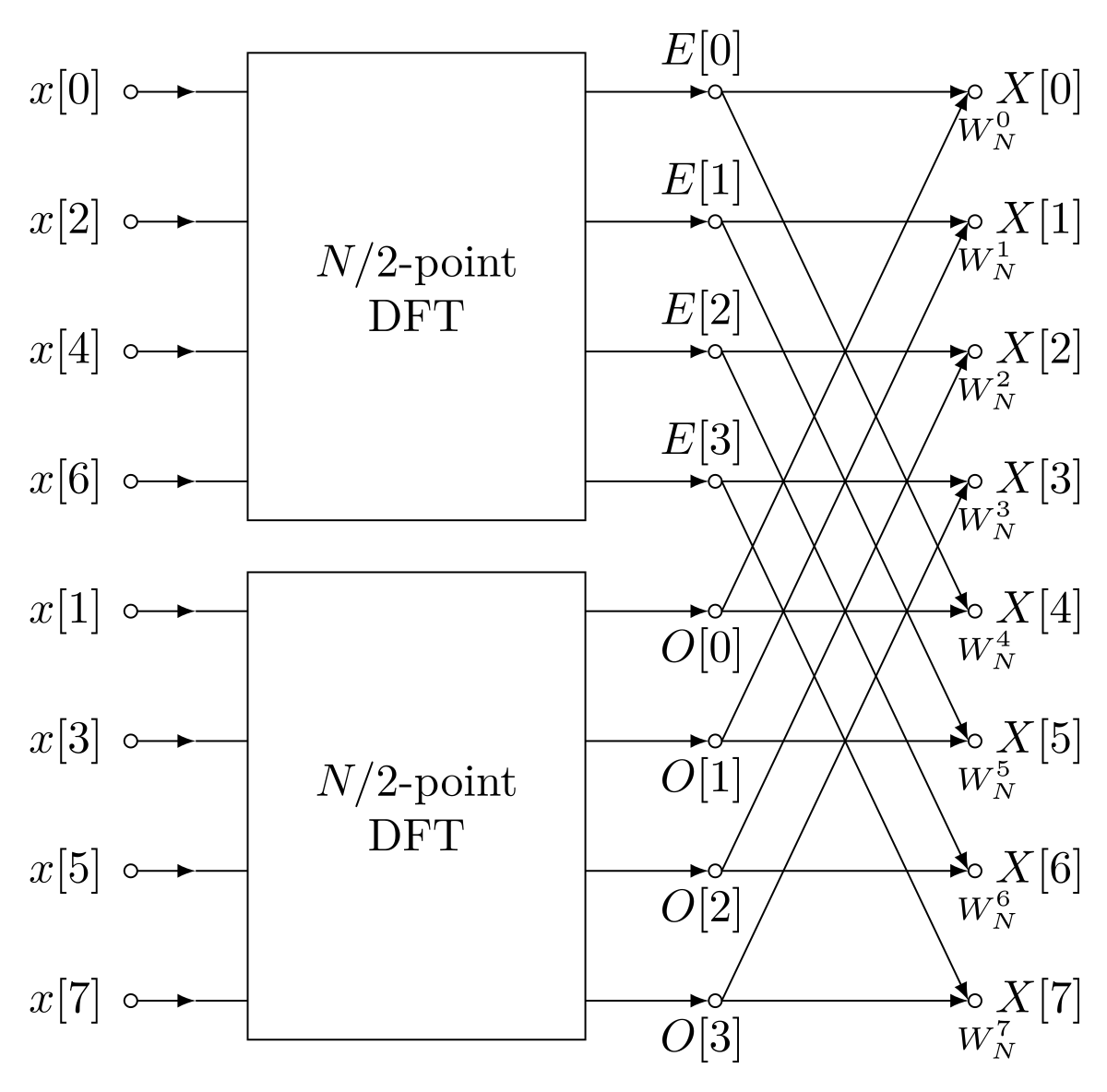Fast Fourier Transform

In the realm of signal processing, few algorithms hold as much significance and elegance as the Fast Fourier Transform (FFT). Its ability to convert signals from the time domain to the frequency domain swiftly has revolutionized fields ranging from telecommunications to medical imaging. But what exactly is FFT, and how does it work its magic? Let’s embark on a journey through the intricacies and wonders of FFT.
Understanding the Basics:
At its core, FFT is a computational algorithm used to efficiently compute the Discrete Fourier Transform (DFT). DFT breaks down a signal into its constituent frequencies, revealing the frequency content hidden within. However, the traditional DFT method is computationally expensive, especially for large datasets. This is where FFT steps in, offering a much faster alternative.
The Magic of Divide and Conquer:
The key to FFT’s speed lies in its divide-and-conquer approach. Instead of directly computing the DFT of a signal, FFT recursively divides the signal into smaller subproblems, conquers them individually, and then combines the results. This strategy significantly reduces the number of arithmetic operations required, resulting in a dramatic speedup, especially for signals with a large number of data points.
But how does FFT achieve this division and conquest? It employs a clever technique called the Cooley-Tukey algorithm, which decomposes the DFT calculation into smaller DFTs. By exploiting symmetries and periodicities in the signal, FFT efficiently computes these smaller DFTs, ultimately reconstructing the full frequency spectrum of the original signal.
Applications Across Industries:
The impact of FFT extends far beyond the realm of academia. In telecommunications, FFT plays a vital role in signal modulation, demodulation, and spectral analysis, enabling the transmission and reception of data over various channels with remarkable efficiency. In audio processing, FFT is used for tasks such as equalization, filtering, and spectrum analysis, empowering engineers and musicians alike to manipulate and enhance sound signals with precision.
Medical imaging is another domain where FFT shines bright. Techniques like Magnetic Resonance Imaging (MRI) and Computed Tomography (CT) heavily rely on FFT for image reconstruction and processing. By analyzing the frequency components of acquired signals, medical professionals can obtain detailed insights into the internal structures of the human body, aiding in diagnosis and treatment planning.
Beyond these mainstream applications, FFT finds its way into diverse fields such as astronomy, finance, and weather forecasting, demonstrating its versatility and indispensability in modern technology.
Challenges and Future Directions:
Despite its prowess, FFT is not without its limitations. For instance, it assumes that the input signal is periodic, which may not always hold true in real-world scenarios. Additionally, FFT’s performance can degrade when dealing with non-uniformly sampled data or signals with sharp transients.
Looking ahead, researchers are exploring avenues to overcome these challenges and further enhance FFT’s capabilities. Advancements in parallel computing, algorithm optimization, and hardware acceleration are paving the way for even faster FFT implementations, opening doors to new possibilities in signal processing and beyond.
Conclusion:
The Fast Fourier Transform stands as a testament to the ingenuity of human intellect, offering a powerful tool for unraveling the mysteries of signals and spectra. From its humble beginnings to its widespread adoption across industries, FFT continues to shape the way we analyze, manipulate, and understand data. As technology marches forward, FFT remains a beacon of innovation, guiding us towards new frontiers in the ever-expanding universe of signal processing.





